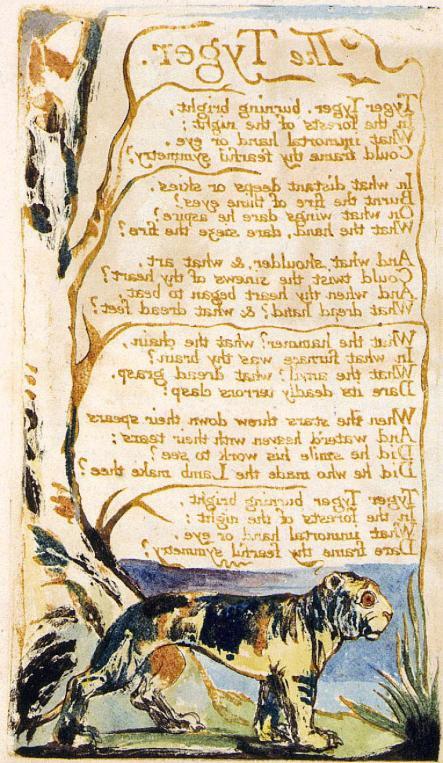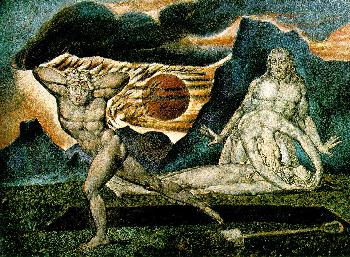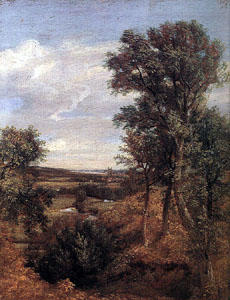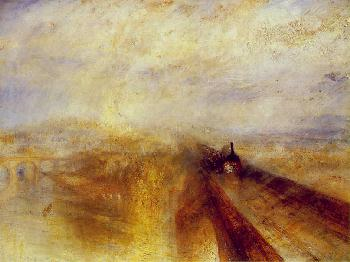Introduction
The period of Romanticism began in the 18thcentury and lasted until the 19th century in the western cultures. Its origin is closely linked with artistic and intellectual movements that strongly castigated the impositions by the established values.
The main concept behind this upsurge was to champion on individuals’ expressions and strong emotions rather than the traditions of academic paintings. Generally, this study was more emphatic in regards to emotions over reasons, as well as sense over intellect.
William Blake, John Constable and J.M.W Tuner express their romanticism mood using strong pictorial images. These representations are symbolic for investigating the human nature, the folk nature, the occult among other social practices.
William Blake pictures


My thoughts
These two pictures can be explained to illustrate William Blake’s views about the entry of a new religion. For instance, the picture of a naked man holding his forehead symbolizes rejection of dark feelings and forces, while the spade and the little trench dug show how strenuous the task appears.
Therefore, Blake acknowledges the fact that the society should be living up to higher standards of morals and should advocate for personal freedom and individualism.
The dark background of the painting suggests the reality of dark feelings and forces that were present in the existing cultures. As a result of this, people responded by rejecting the introduction of such concepts in their society. The act of rejection thus becomes spontaneous all over the globe.
In my opinion, I strongly support the fact that William Blake effectively utilizes his painting architecture to castigate the inclusion of new culture into the society. This is further portrayed from the picture of an ugly creature, who wants to take control of the society. Moreover, the naked man, the spade and the dark background greatly contribute to Blake’s works of social liberation.
Contributions of John Constable and J.M.W Tuner

This is the second set of artists who turned on to nature as a source of inspiration and a powerful symbol of their personalities. Constable in this image applies the use of tonal painting to clearly outline nature’s aspects. The trees in the picture are true representation of natural plantation.
Alongside trees, Constable shows the other natural vegetation, such as grass. The brown color is indicative of a savannah or a semi desert. Furthermore, John Constable indicates some natural aspects such as a valley or mountainous terrain in his painting. Constable’s works are also characterized by systematic sky and cloud display being part and parcel of his painting.
In conclusion, it’s justifiable to admit that Constable’s painting is a true representation of nature. Therefore, one can gather many interpretations from the pictorial view of Constable painting.
Other paintings that display some aspects of nature are the J.M.W Tuner’s works. Tuner also applies the use of strong and tonal painting with contrast to dark and light colors to express nature.

For instance, in the picture above, he expresses the natural phenomenon of rain and steam in the environment. The colors of his paintings are unique being representational of the natural occurrences.
Therefore, I strongly express my satisfaction with the way Tuner and Constable apply the architectural knowledge of painting to explain nature. Their work is impressive and fully representative of the nature’s own goodness. Hence, it is also through their works that we have been able to understand the society’s culture at the specified period.